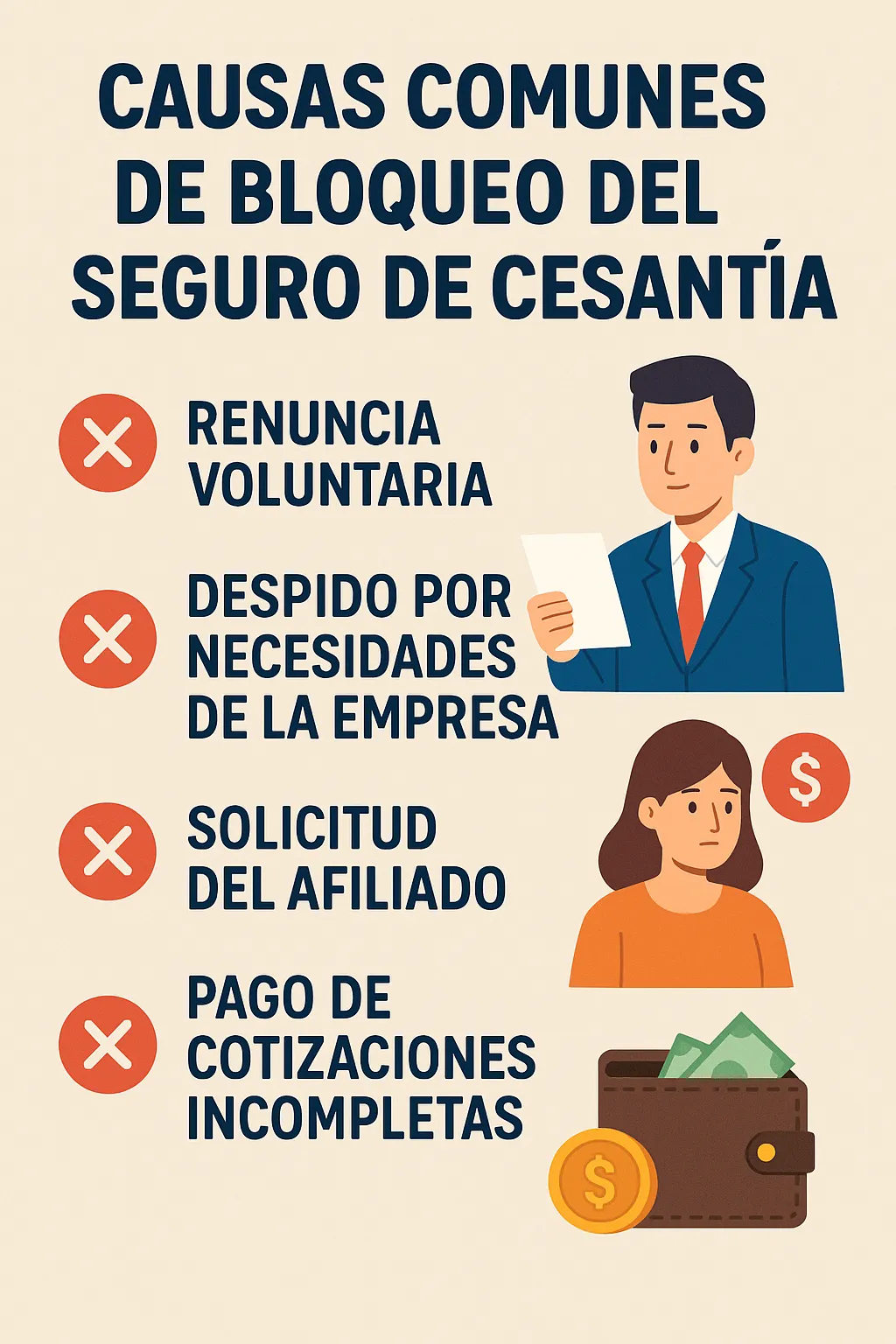Anúncios
In today’s fast-paced digital world, businesses must employ effective strategies to stand out in the competitive U.S. market. The vast array of available tools and platforms can be overwhelming, but with a clear approach, success is achievable. Whether you own a small business or are part of a large corporation, knowing the best digital marketing strategies to thrive in the United States is crucial to achieving your goals.
Digital marketing is not just about advertising; it’s about building relationships, understanding your audience, and staying adaptable. The U.S. market is diverse, making it essential to use personalized strategies that resonate with different demographics. This article will guide you through proven techniques to help your brand achieve its objectives.
From defining your target audience to leveraging the latest technologies, adopting the right approach can maximize your reach and return on investment (ROI). Let’s dive into actionable steps that will ensure your digital marketing efforts lead to success.
1. Identify Your Target Audience with Precision
Understanding your audience is the foundation of any successful marketing campaign. Without a clear picture of who you are targeting, your efforts may lack focus and effectiveness, wasting valuable resources. Identifying your target audience not only allows you to communicate better but also fosters genuine connections that drive long-term loyalty and engagement.
Anúncios
How to do it:
- Conduct in-depth research: Use methods such as surveys, interviews, and focus groups to gather detailed information about your audience’s demographic (age, gender, location) and psychographic (values, interests, consumption habits) characteristics.
- Example: A clothing store may discover that its primary buyers are women aged 25-35 who value sustainable fashion.
- Leverage analytics tools: Platforms like Google Analytics, Facebook Insights, and HubSpot allow you to track user behavior, such as what content they consume, when they do it, and what devices they use.
- Benefit: With this information, you can tailor your campaigns to the most effective times and platforms.
- Create detailed buyer personas: Design profiles that reflect your audience’s pain points, needs, and aspirations. Include details such as:
- Main problems they seek to solve.
- Factors influencing their purchasing decisions.
- Preferred communication channels (email, social media, etc.).
Investing time in this process will help direct your marketing efforts more effectively, maximizing your return on investment (ROI).
2. Establish a Strong Online Presence
In today’s digital world, a strong online presence is crucial for gaining the trust of potential customers and ensuring they can find you easily. Your online presence serves as the first impression users have of your brand, and it should be professional, accessible, and consistent.
How to do it:
- Design a professional website: Your website is your digital storefront and should be optimized for speed, usability, and mobile-friendliness.
- Include:
- Clear calls to action (CTAs) such as “Buy now” or “Contact us.”
- Visible and updated contact information.
- A frequently asked questions (FAQs) section that addresses common concerns.
- Include:
- Optimize your local directory profiles: Platforms like Google My Business, Bing Places, and Yelp are essential for improving your visibility in local searches.
- Key actions: Complete all fields, add attractive business photos, and respond quickly to customer reviews.
- Maintain constant communication: Strengthen your online presence by regularly creating blog content, engaging on social media, and sending newsletters.
- Example: Publish useful articles answering frequently asked customer questions or highlighting industry trends.
A well-managed online presence conveys professionalism and enhances your brand’s perception, positioning you as a leader in your industry.
3. Master the Art of Search Engine Optimization (SEO)
Search engine optimization (SEO) is the bridge that connects users to your website. By ranking high in search results, you not only increase your visibility but also attract highly qualified organic traffic, boosting your chances of conversion.
How to do it:
- Research keywords: Use tools like Ahrefs, SEMrush, or Ubersuggest to identify high-value keywords relevant to your industry.
- Example: If you own a pet accessories store, keywords like “durable dog leashes” may be valuable.
- Optimize on-page elements:
- Adjust titles, meta descriptions, and headers to naturally include primary keywords.
- Add alt text to images to improve accessibility and SEO.
- Build authoritative backlinks: Generate quality backlinks by:
- Guest posting on relevant sites.
- Partnering with other brands.
- Creating high-value content that other pages want to reference.
- Monitor and adjust: Use Google Search Console to track your search performance and make adjustments based on data insights.
SEO requires consistency and adaptation, but the long-term results make the investment worthwhile.
4. Prioritize Mobile Optimization for Better Reach
In a world where mobile devices account for most web traffic, ensuring that your site and campaigns are mobile-friendly is essential. Mobile optimization not only enhances user experience but also influences search rankings.
How to do it:
- Use responsive web design: Ensure your site automatically adapts to different screen sizes, from smartphones to tablets.
- Test your design: Use tools like BrowserStack to check compatibility across multiple devices.
- Improve navigation:
- Create simple, accessible menus.
- Include large, easy-to-click buttons.
- Optimize loading speeds:
- Use tools like Google PageSpeed Insights to identify issues.
- Implement improvements such as image compression and browser caching.
- Test regularly: Conduct frequent audits to ensure there are no technical errors affecting user experience.
A mobile-optimized site not only improves conversion rates but also creates a positive impression that strengthens your brand.
5. Engage and Build Community on Social Media
Social media is more than just a publishing platform; it’s a space to interact, build trust, and establish lasting relationships with your audience. By doing so, you strengthen brand loyalty and expand your reach.
How to do it:
- Choose the right platforms:
- Identify where your audience is. For example:
- Instagram: Ideal for visual content.
- LinkedIn: Excellent for professionals.
- TikTok: Perfect for younger audiences and creative content.
- Identify where your audience is. For example:
- Develop a content calendar: Plan and schedule relevant and varied content, such as:
- Educational posts.
- Short, entertaining videos.
- Interactive polls.
- Encourage engagement:
- Respond promptly to comments and direct messages.
- Organize giveaways, live sessions, or discussions to boost interaction.
- Measure and adjust: Use tools like Hootsuite or Sprout Social to analyze your posts’ performance and refine your strategy based on data insights.
An effective social media strategy goes beyond posting—it’s about building an active community that supports your brand.
6. Create Content That Captivates and Converts
Content is the cornerstone of digital marketing, serving as the primary way to educate, inspire, and persuade your audience. Well-crafted content not only establishes your authority in the industry but also guides users through the sales funnel.
How to do it:
- Prioritize quality over quantity: It’s better to produce fewer pieces of high-quality content than to publish frequent but superficial material.
- Diversify formats: Experiment with different types of content, such as blogs, videos, podcasts, infographics, and downloadable guides.
- Apply storytelling techniques: Share authentic stories that emotionally connect with your audience.
- Optimize for SEO: Ensure your content is search-visible by using relevant keywords, structured headers, and strategic internal links.
- Update and repurpose content: Refresh old content with new information or present it in a different format.
- Engage your audience: Include clear calls to action such as “Download our free guide” or “Subscribe for more tips” to encourage users to take the next step.
High-value content attracts new visitors, fosters lasting relationships, and turns casual readers into loyal customers.




